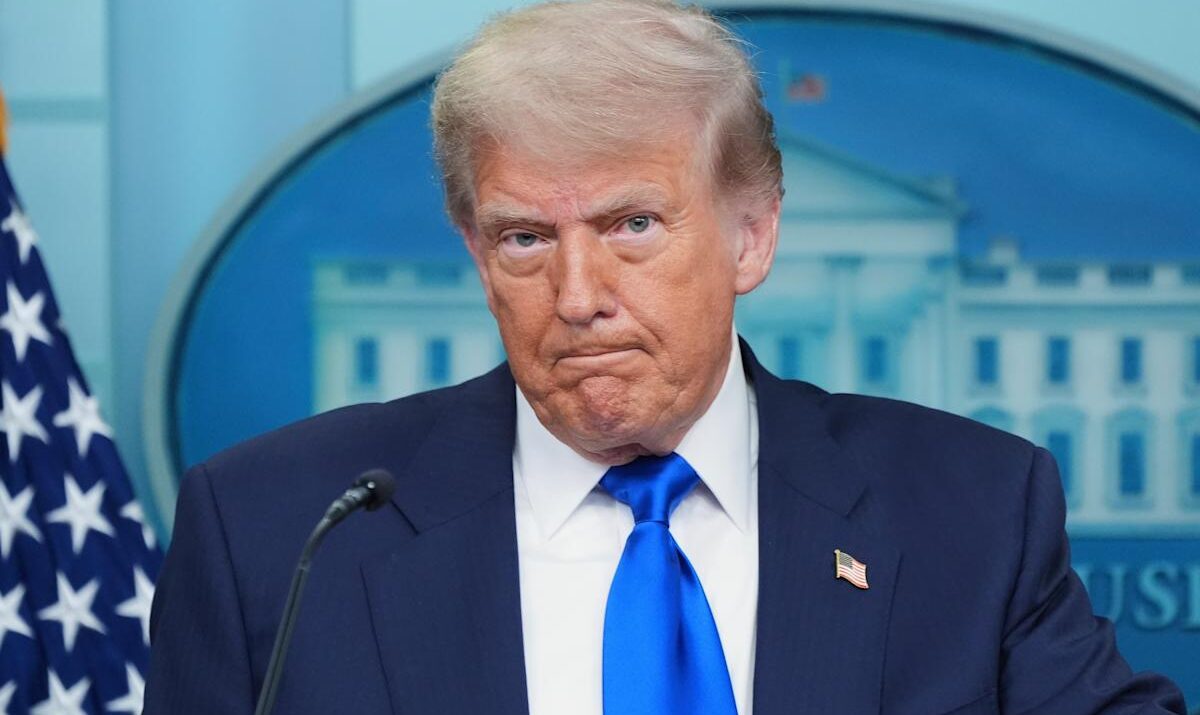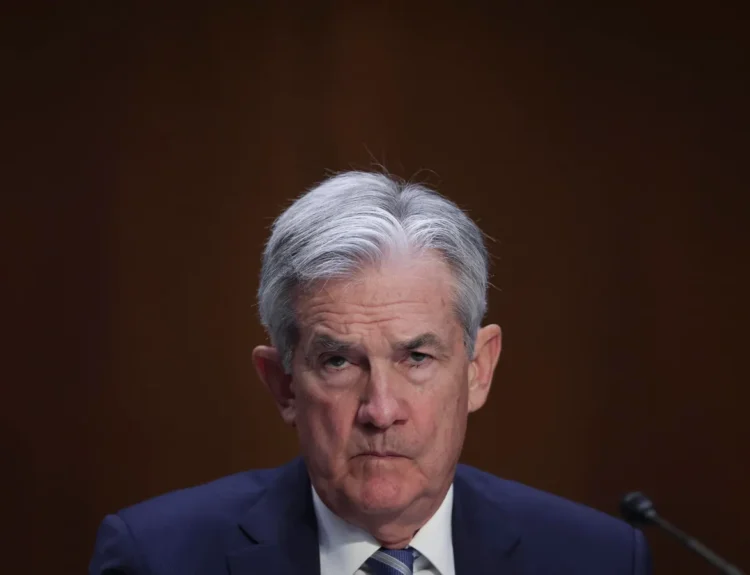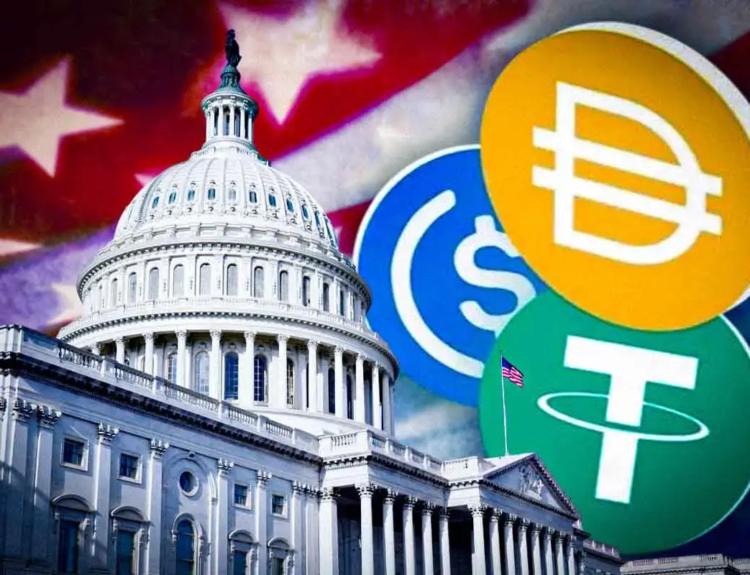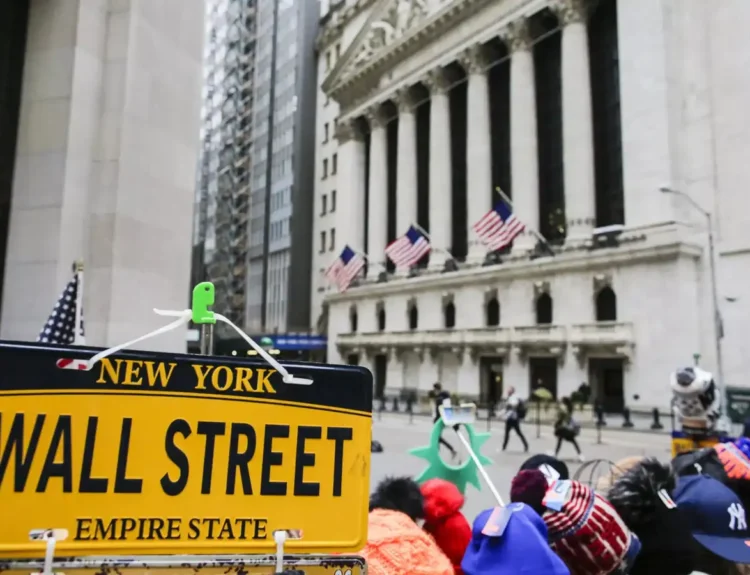As President Donald Trump’s self-imposed July 9 tariff deadline looms, the White House is preparing to unleash a sweeping new wave of import duties—some as high as 70%—on US trading partners who fail to reach bilateral deals by the cutoff.
“By the ninth, they’ll be fully covered,” Trump told reporters Thursday. “They’ll range in value from maybe 60% or 70% tariffs to 10% and 20% tariffs.”
On Friday, the administration is expected to begin sending formal letters to between 10 and 12 countries, with additional notifications to follow in the coming days. These unilateral messages will outline the precise tariffs their exports will face, effective August 1.
From Negotiation to Imposition: The Shift in Strategy
Trump had paused his “Liberation Day” tariff rollout in early April—initially ranging from 10% to 50%—giving countries a 90-day window to negotiate reciprocal deals. But as of this week, the President appears ready to abandon diplomacy in favor of action.
“It’s much easier,” Trump said Thursday. “I’d rather just do a simple deal where you can maintain it and control it.”
According to Treasury Secretary Scott Bessent, over 100 countries are now facing at least a baseline 10% tariff unless last-minute breakthroughs occur. “We expect a flurry of deals in the coming days,” he told CNBC, adding that the US will judge whether countries are “negotiating in good faith.”


Winners, Losers, and Pending Deals
Here’s where things stand for key US trade partners:
- Vietnam: A new agreement was announced Wednesday. Vietnamese exports will face a 20% tariff, while transshipped goods from other nations (notably China) could be taxed at 40%. This is lower than Trump’s earlier 46% threat but still above baseline. Vietnam has yet to publish the full agreement and claims talks are still ongoing.
- China: Despite prior tension, the US has eased restrictions on chip design software and ethane exports. Firms like Synopsys (SNPS) and Cadence (CDNS) resumed sales to China following a May framework agreement. A broader truce is holding, for now.
- Japan: Talks have soured. Trump now proposes tariffs of 30–35% or more. He slammed Japan as “spoiled” and suggested the country was resisting concessions. “They’re very tough,” he said bluntly.
- European Union: The EU is willing to accept a 10% universal tariff on many goods but is negotiating exemptions for pharmaceuticals, semiconductors, alcohol, and aircraft. Trump, however, has threatened 50% tariffs on EU imports. Talks will continue into the weekend.
- Canada: Ottawa has withdrawn its planned digital services tax, which had targeted US tech firms. Talks with the US have resumed, with a potential deal expected by mid-July.
- India, South Korea, Indonesia: South Korea’s trade chief is flying to Washington this weekend with new proposals. Indonesia claims a bold deal on critical minerals and defense is close. Trump is optimistic about India, but specifics remain scarce.
Markets React: Global Ripples Begin
As news of the tariff letters broke, stocks in Europe and Asia fell, and the US dollar weakened. US markets were closed for the July 4th holiday, but volatility is expected to resume when trading reopens.
The Federal Reserve remains wary. Higher tariffs could add to inflation pressures, complicating interest rate decisions. Some Fed officials worry the cost-of-living impact may become structural rather than transitory.
Bloomberg Economics estimates average duties on all US imports could jump to 20%—up from just 3% before Trump took office.
What Comes Next?
With five days remaining, Trump says he’s done waiting.
“If they don’t make a deal, they get a letter,” he said. “It’s really that simple.”
Countries who fail to reach terms by July 9 will have to pay starting August 1—and those who try to cheat by transshipping through third countries will be “punished.”
While the White House has not confirmed which countries received Friday’s letters, officials say all 170+ US trade partners will be addressed by next week.
Meanwhile, Trump told reporters he had a long phone call with Vladimir Putin, discussing Ukraine, Iran, and broader geopolitical issues—though he noted there was “no progress.”
As the global economy braces for the full impact of America’s renewed tariff offensive, businesses, investors, and entire governments are scrambling to adapt to Trump’s “letter-first, deal-later” doctrine.
Disclosure: This article does not represent investment advice. The content and materials featured on this page are for educational purposes only.
Related:
Markets Hit New Highs, Fed Cuts Off Table After Strong Jobs Data; Trade Talks & Tariff Risks Still Loom
Markets Hit Highs After Trump–Vietnam Deal, But All Eyes on US Jobs Report Now
FHFA Chief Claims Powell Lied to Congress; Trump Demands Immediate Resignation
Global Stocks Are Crushing US – But Which Ones?
Market Wrap: Stocks Hit Records, Dollar Slides, and Gold Surges as July Begins
Bessent Warns: US Tariffs Could Snap Back to 50% as July 9 Deadline Looms










